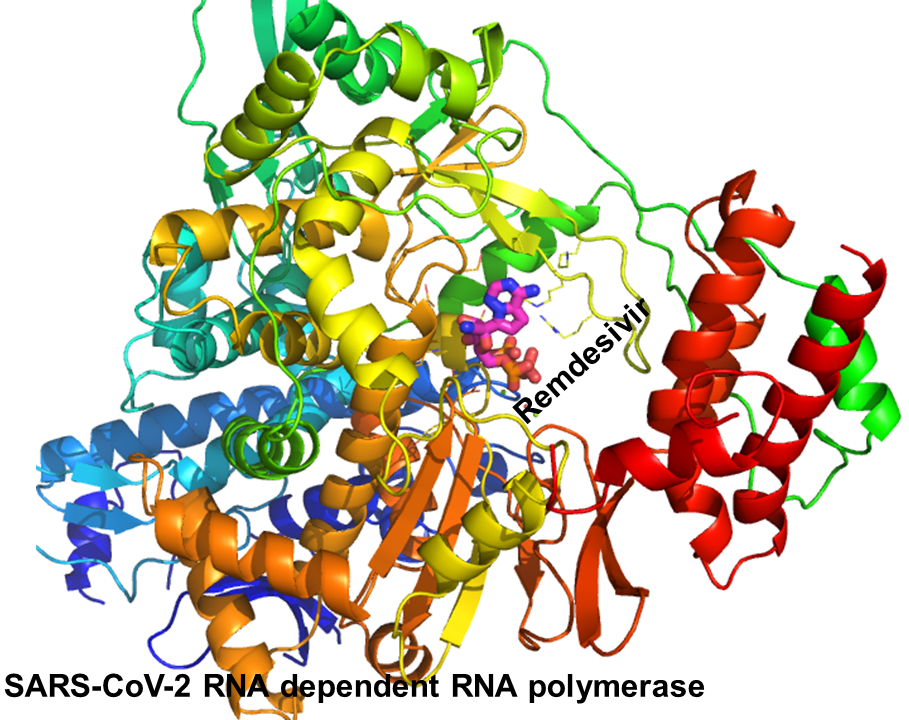Artificial Intelligence has the great impact in health care. It can assist doctors to detect or diagnosis a disease at early stages. In developing countries like India has very low patient and doctor ratio. As a consequence, the performance of the manual detection of the disease often degrades i.e., doctors may overlook the early sign of the disease and patients can suffer death. In order to decrease the mortality rate of several diseases, Computer aided detection or diagnosis may be a potential solution. It is a computer-based program which analyse different radiological image modalities and predict the presence of the disease. Consequently, it can be said that these types of technology can provide some treatment facility to the patients where minimum treatment facility is available. In early 1980’s, based on the symptoms of the patient researchers have proposed several algorithms to predict the presence of the disease. However, these methodologies were not acceptable to the medical community. In 2005, International association of Computer Aided Diagnosis established and they first approved the prediction of breast cancer from mammography in clinical practice. After that several researchers have proposed several CAD methodologies for early diagnosis. They give emphasis mostly on early detection of different types of cancer from different organs. The basic challenges of implementing such system are present of sufficient amount of annotated patient data. The collection of patient data from different hospital is a tedious job.
However, several researchers have proposed different medical image datasets by collaborating with different hospitals. In order to predict lung cancer at early stages, LIDC-IRDI dataset is introduced which consisted of 1081 Lung CT images and these data are taken from 7 different hospitals of United States of America. This dataset has been released in 2008 and the CT scans are taken from a 32 slice CT scanner i.e., the images are taken from the old CT scanner machine. In present context, most of the hospitals use a 64 slice CT scanner machines and the implemented models are not provided satisfactory results if researchers have considered this dataset. Moreover, this dataset only provides the information about the presence of the abnormalities but not confirm the presence of cancer in it. These necessitates a new benchmarking dataset that consists of the CT scan of a 64 slice CT scanner and also have the information about the disease. The researchers of University of Calcutta have introduced a new public dataset “Swash” for the lung cancer researchers which consisted of 289 CT scan machines and all the data are biopsy proven. Like lung cancer, researchers have also introduced BRAST datasets for Brain tumor detection, MIAS dataset for breast cancer detection and diagnosis from digital mammography, DRIVE dataset and DRISTI dataset for diabetic retinopathy detection from FUNDUS images. These aforementioned datasets have been used for implementing several CAD methodologies for early detection of the disease by considering the different algorithms of machine learning (ML) and deep learning. The researchers of United states of America, have designed a ML-based methodology that is capable of detecting breast lump from digital mammography, after that the computer-based technique is also capable of grading the stage of cancer. The researchers of Redbound University and University of Calcutta proposed a fully automated software tool that is capable of predicting lung cancer from Computed tomography images. Instead of having higher accuracy in brain tumor detection from MRI images, the Machine Intelligence Unit of Indian Statistical Institute have proposed a novel methodology that can assist clinicians about the post-surgery survival of brain tumor patients. Apart from cancer detection, the researchers also tried to propose several CAD methodologies of other diseases. At the middle of the pandemic era, researchers have proposed several methodologies that are capable of detecting COVID-19, after analysing the digital chest X-ray and thoracic CT images. The published literature also reveals that their exist several ML and DL-based algorithms that are capable of detecting Alzheimer, Parkinson’s, Strokes, fractures, cysts from different modalities of medical images. Furthermore, the researchers are also capable of measuring the changes of abnormalities after several drugs are induced on the patients. However, the accuracy of these methods is quite satisfactory, but these models are implemented by considering several data which are taken from old scanning technology. As the precision of the scanning technology has been improved, the characteristics of the data has been changed and this requires advancement in existing algorithms or implementation of new model that can provide higher accuracy and these methodologies can use in clinical practice.













